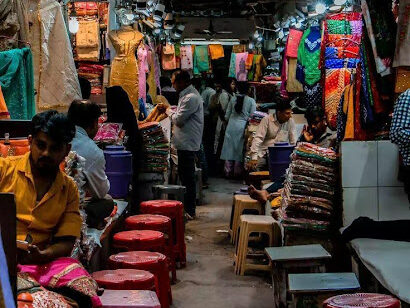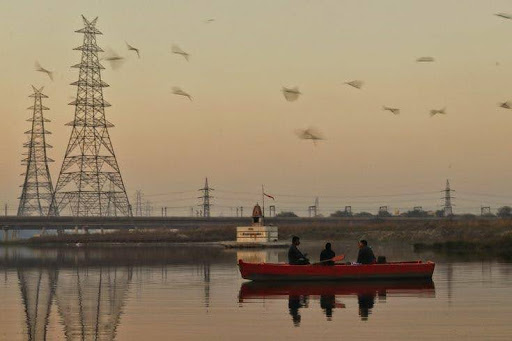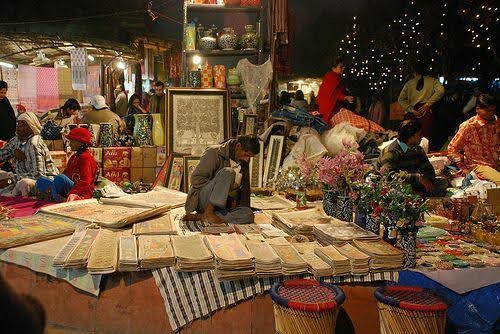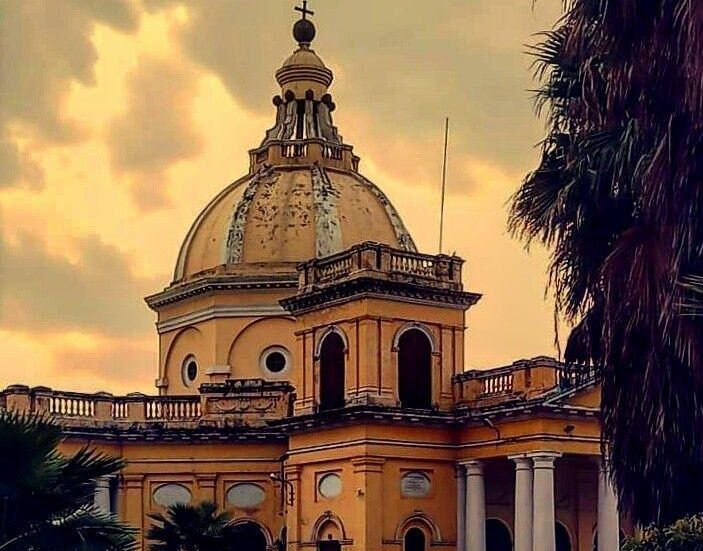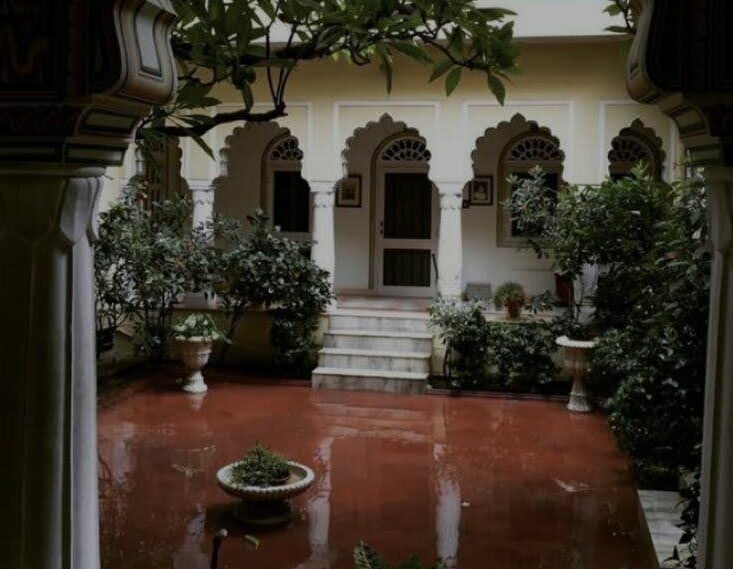#15 The Silk Route’s Connection to Old Delhi (Old Delhi Series)
For centuries, Delhi prospered from its location on key overland trade routes like the Silk Route linking India with Central Asia and Europe. Tracing these cross-cultural trade influences provides fascinating insights into Old Delhi’s fabric. Caravans of the Past Old Delhi grew near the Yamuna river which saw caravans from across the mountains rest here before entering Delhi. Do you know the Urdu Bazar area was a caravanserai stopping point? You’ll be shocked to know camels and horses laden with silk, spices, textiles and more from as far as Samarkand and Persia halted here after the harsh Himalayan crossing. Not only that but travellers carried their culture too – architecture, language, cuisine and clothing mingled with local influences. Enduring Influences The bustling Khari Baoli spice market today continues centuries of international spice trade. Do you know its name refers to the saline stepwell where caravans halted? Amazingly, the street food sold in Old Delhi’s lanes fuses tastes from Central Asia, Afghanistan, Persia and beyond that traders introduced. You’ll also notice architectural imprints of ornate gates, pillars and Islamic geometric designs bearing traces of the Silk Route. Age-old Cross-Cultural Conduits Old Delhi’s bazaars used to buzz with Turkish, Arabic, Farsi, Hindustani, Tibetan and English – remnants survive in the Urdu language. You’ll be surprised that Urdu originated here through Silk Route cultural synthesis, absorbing Persian, Arabic and Sanskrit words. Not only that, but its poetry, music, literature and calligraphy bear influences from Samarkand to Kashmir. The old city’s cosmopolitan fabric was woven over centuries of trade exchange along the Silk Route conduits. The narrow lanes here reflect its enduring intermingling with outside cultures and trendsetters who imprinted their mark through commerce, connectivity and exchange. Old Delhi’s winding lanes contain echoes of the busy Silk Route. Caravan bells seem to tinkle in the spice scent of Khari Baoli. The centuries-old Urdu language carries hints of Persian poetry. In the chai aromas linger tastes from Samarkand’s markets. The intricate stonework whispers of craftsmen from distant cities. Trade shaped Old Delhi’s culture, cuisine and character. While camel caravans have passed into history, their legacy remains woven into the fabric of the old city. The Silk Route lives on in every mouthful, word, and sight that reveals this ancient crossroads enriched by connections across mountains and kingdoms.



